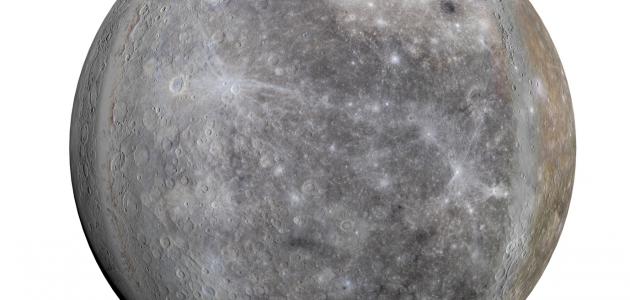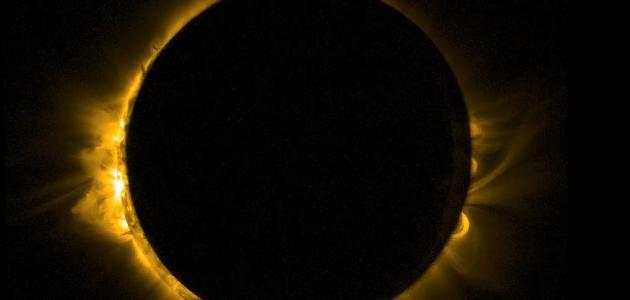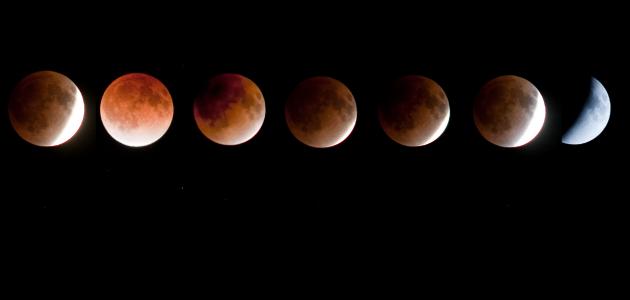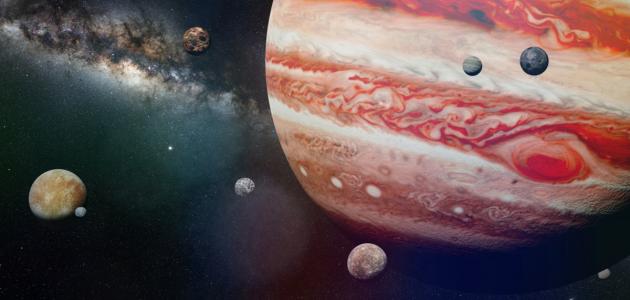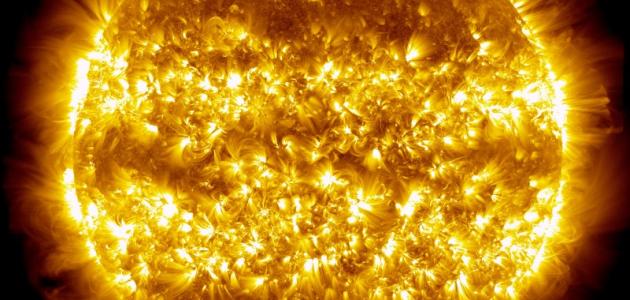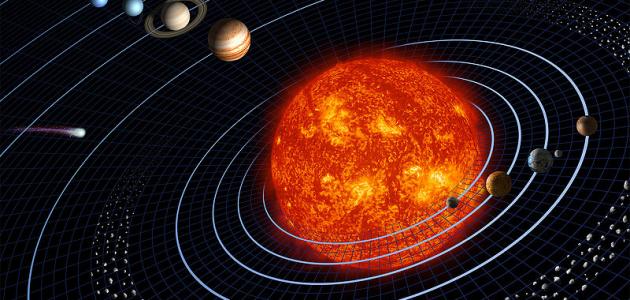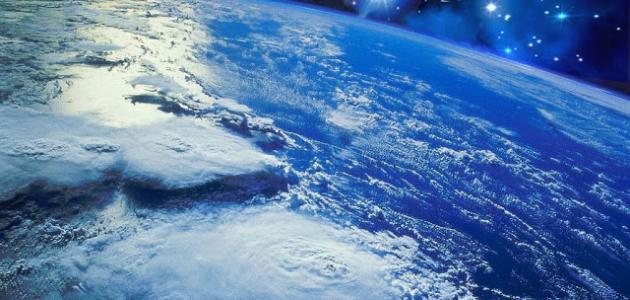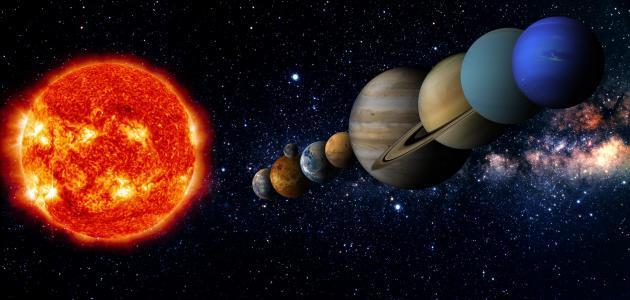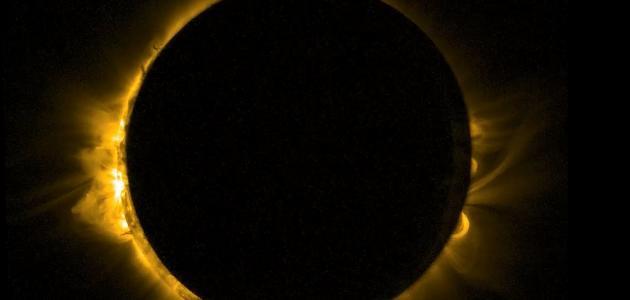The solar system
Man lives on planet Earth, which is considered part of the solar and cosmic system, and the solar system is represented by all the planets that surround the sun and revolve around it, in addition to other bodies located in the region adjacent to the sun in space, including dwarf planets, asteroids, meteorites, comets, and moons. . The number of planets surrounding the sun is eight, and they are arranged according to their proximity to the sun: Mercury, Venus, Earth, Mars, Jupiter, Saturn, Uranus, and Neptune.
What is the closest planet to Earth?
Venus It is the second planet closest to the Sun and the planet closest to Earth in terms of distance. It is also the closest large body in space to Earth when the Moon is not counted. It is the second planet in order of distance from the Sun, while Earth is considered the third planet (and the fourth is Mars, but it is farther away from Earth). from Venus). The maximum distance separating Earth and Venus during their orbit around the sun does not exceed 257 million kilometers, and the closest distance between them may only reach 42 million kilometers, which is equivalent to (almost) half the distance that could separate Earth and Mars at its lowest state.
Naming the planet Venus
The reason for naming this planet by its name is due to what was stated in Lisan al-Arab that (Venus) means beauty and whiteness. Venus is the luminous white, meaning the white planet. Its name goes back to the brightness of the planet as it appears from the Earth’s sky, and this is due to the reflection of a huge amount of sunlight on it due to the amazing density of its atmosphere. In Latin, Venus is called Venus, after the goddess of love and beauty in whom the ancient Greeks believed. It is also called the morning or evening star. This is because it can be seen with the naked eye from the surface of the Earth before sunrise and immediately after sunset with great clarity, and because it does not appear at any other times of the day, as it is the brightest object in the sky at that time (unless the moon is visible in the sky), and the reason why it does not appear except near Sunrise and sunset because its orbit is located within the Earth’s orbit; That is, it is closer to the Earth than the sun, and therefore it always appears in the sky very close to it and its bright light. Venus is distinguished by the phenomenon of its crossing in front of the disk of the Sun in an event similar to a mini-eclipse. This is a very rare event that can only be observed on the planets Venus and Mercury, as they are closer to the Sun than the Earth.
Read also:How stars are bornPhysical properties of the planet Venus
It is often said about Venus that it is the twin of the Earth. Venus and Earth are two very similar planets with many physical characteristics. For example, the two have the same size, the same mass and density, and they were formed at the same time and from the same gaseous nebula (from which the rest of the planets were formed). They are both rocky planets with a solid mass, but there is a difference between them in some fundamental aspects, the most prominent of which is that The atmosphere of Venus is covered with very dense clouds of greenhouse gases that make it vulnerable to a very severe global warming phenomenon. Therefore, it is considered the hottest planet in the solar system, to the extent that the temperature on the surface of Venus is sufficient to melt raw lead metal, as the temperature on the planet reaches 482 degrees Celsius. Due to the density of its cover.
There is no trace of water on the surface of Venus, and the atmospheric pressure on its surface is very high. It is equivalent to 92 times the Earth's atmospheric pressure, and its clouds and rain are composed of sulfuric acid, and Venus does not have a satellite like Earth. The planet Venus is similar to Earth in that its volcanic activity leads to the formation of many familiar terrains such as mountains and valleys, although it does not have visible tectonic plates.
The orbit of the planet Venus
The planet Venus rotates very slowly on its axis. A day on Venus is equal to 243 Earth days, and thus the duration of a day on its surface is the longest among all the planets of the solar system. It was also observed that it revolves around itself in the opposite direction to all the other planets. This may be due to the collision of a large asteroid in it since ancient times, which led to the reversal of its axis of rotation, which explains the slowness of its rotation. Venus needs a longer period to complete each revolution around itself than it needs to revolve once around the sun, as this amounts to 224 Earth days, and therefore it can be said that a day on Venus is longer than a year.
Read also:definition of the sunExploration of planet Venus
Many missions have been made to the planet Venus, but they succeeded in discovering only a few of the features of this planet due to the difficult conditions on it and the failure or destruction of most of the spacecraft sent to it, including the Russian Sputnik 7 mission in 1961, the American Pioneer mission in 1978, and the Magellan mission in 1989. The American Cassini mission in 1997, as well as the Venera 15 and 16 missions in 1983 and 1984, which are Russian missions, and finally the American MESSENGER mission since 2004.
Characteristics of the planets
Planets differ from stars in their inability to produce nuclear fusion reactions that release all the energy and heat that comes from the sun. In 2006, the International Astronomical Union (in English: IAU) established a fixed definition for planets to distinguish them from other bodies in the solar system. This definition included three basic conditions: Firstly, it must be a body that revolves around the sun in a fixed orbit. Secondly, its mass must be high enough so that its gravity can make its shape spherical or nearly spherical. Finally, its gravity must be able to clean its surroundings of all rocks and small bodies by pulling them towards it. Establishing this definition led to the exclusion of some celestial bodies from previous lists of planets, the most important of which is Pluto, which is now considered a dwarf planet, as well as Eris, Ceres, and some other large bodies in the solar system, which are very close in size and characteristics to the planets, but their mass is small. .
Read also:Information about the globe